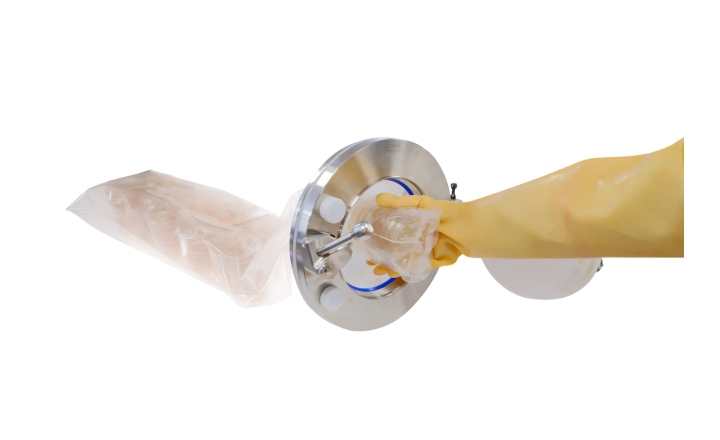Featured content from The Micro newsletter team
Annex 1 recommends the use of rapid and automated methods to expedite the detection of contamination and reduce the risk to product and therefore, patient safety. Accurate tracking and trending of microbial data is the cornerstone of a successful Environmental Monitoring (EM) program. The pressing question arises - how are quality control professionals who aren't harnessing the power of automation managing this critical function of an efficient and reliant QC operation?
The Perils of Manual Methods and LIMS
Many industry professionals still employ manual approaches for tracking and trending, resorting to labor-intensive methods such as paper-based documentation, Excel spreadsheets, or sometimes even Laboratory Information Management Systems (LIMS) that weren't designed for this purpose. Such processes, dragged down by complexity and time consumption, often lead to inconsistent and questionable results. Automated solutions offer the antidote to these inefficiencies.
The drawbacks of manual methods in QC tracking and trending:
- Manual data entry is error-prone, risking transcription errors and data loss, ultimately jeopardizing data integrity
- Data transfer between formats introduces delays, a hindrance in proactive trend identification
- LIMS systems are often complex, requiring data manipulation, adding a layer of complexity and time consumption
The Power of Automation
Automation in the form of tracking and trending systems, simplifies the process significantly, making it more efficient than traditional methods or even LIMS. Automation mitigates the risk of errors tied to human factors, ensuring files save correctly, data remains intact, and no critical information is lost. The process becomes more reliable and efficient, empowering QC professionals to focus on proactive tasks and strategic enhancements.
Key advantages of automation in tracking and trending:
- Reduces the time needed for data collection and analysis, enabling quicker trend identification
- Spot trends as soon as they emerge, preventing small issues from becoming significant problems
- Designed to be user-friendly, simplifying data analysis, visualization, and reporting, making the process more accessible
- Minimizes the risk of data loss, corruption, or errors due to human factors or technical issues
- Creating figures, reports, and visualizing data becomes more efficient
Tracking and Trending isn't merely about ticking boxes; it's about being proactive, nipping issues in the bud, and optimizing resource utilization. Annex 1's recommendation for the use of rapid and automated methods in Environmental Monitoring is a crucial step toward improving the efficiency and reliability of quality control operations in the pharmaceutical and biotechnology industries. By addressing the perils of manual methods and complex LIMS systems, automation offers a streamlined, error-resistant, and user-friendly solution for tracking and trending. The advantages in terms of time savings, proactive trend identification, and risk reduction make it a key tool for modern quality control professionals. The implementation of automation is not just a technological upgrade; it is a proactive step towards enhancing product safety and ultimately, patient well-being.
If you're keen to stay ahead of the curve in the ever-evolving world of QC microbiology, consider subscribing to our newsletter, The Micro. It's your ticket to receiving timely articles on critical topics like automation, industry updates and much more. Don't miss out; be among the first to access valuable insights and stay at the forefront of the quality control industry.
Visit Charles River Microbial Solutions or click on the Request Information button to connect directly with the supplier.

























